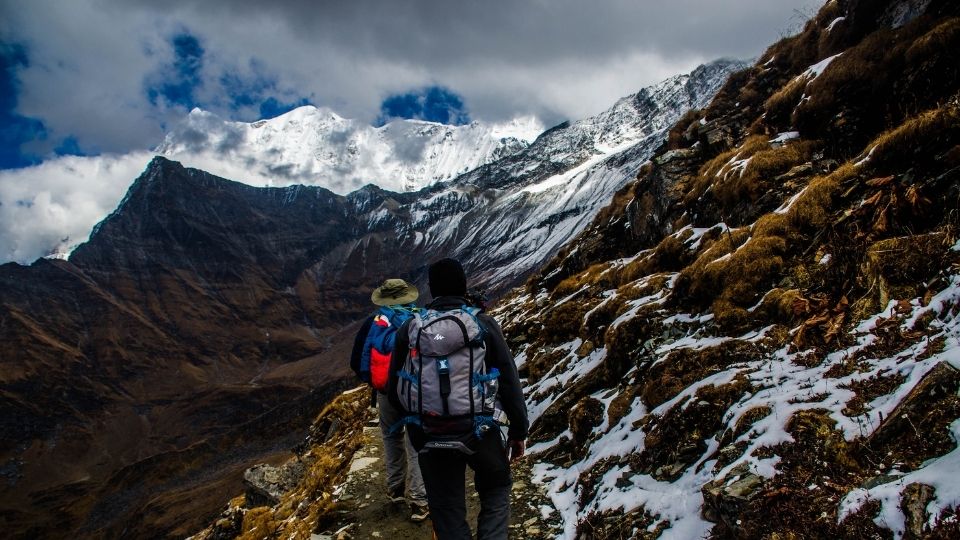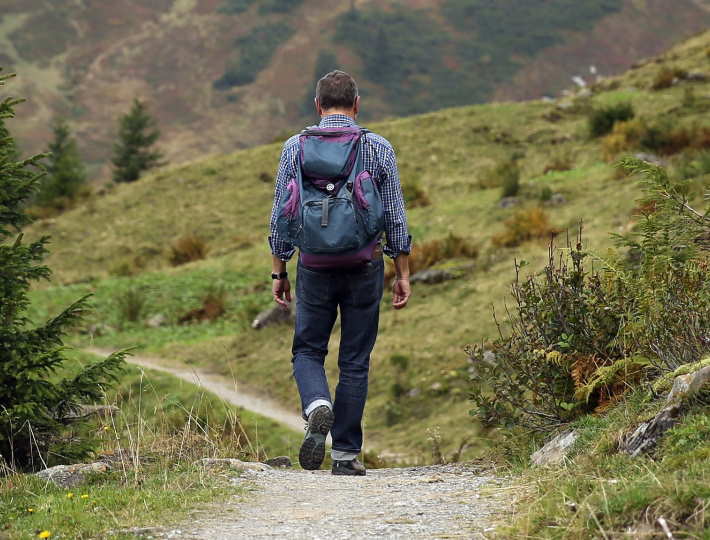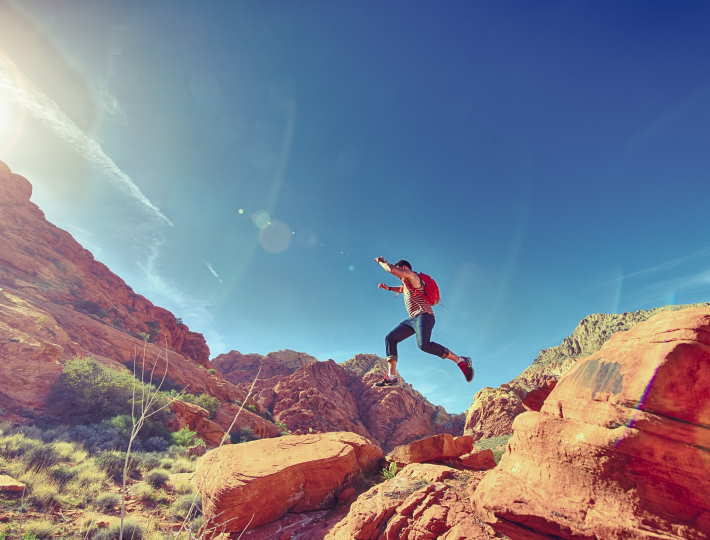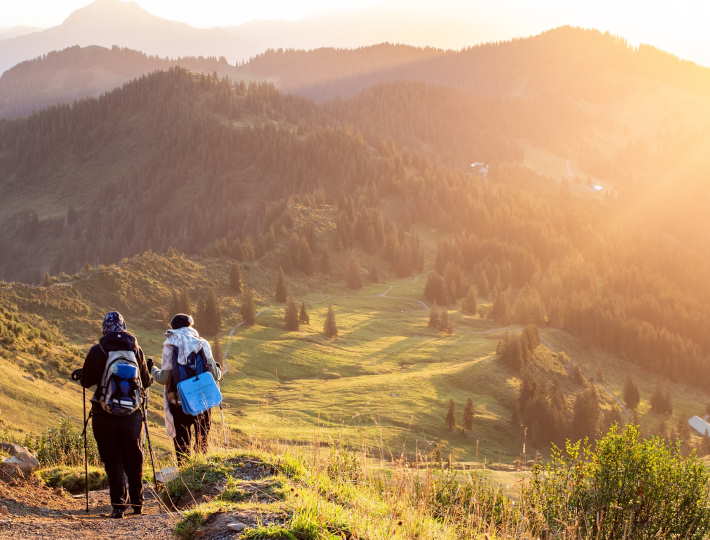Introduction
Although hiking and trekking are often used interchangeably, is it accurate? Most explorers really like hiking and trekking. Online, the two names are often used interchangeably as if they mean the same thing. Hiking is a daylong or overnight vigorous trek on hiking trails or pathways in a natural setting.
Trekking is a protracted, strenuous journey in a remote, undeveloped setting over many days. Trekking and hiking are not only exciting and entertaining, but they also benefit your physical and mental health. Do’s and don’ts in hiking and trekking are important issues.
Is Hiking Safe?
Is it true that hiking is risky? Certain aspects of hiking and particular routes may indeed be quite risky. However, if you stick to the pathways, hiking is a completely safe activity. An inexperienced hiker should not attempt a challenging trek. That’s why before setting out on any route, make sure you know how demanding it is expected to be and stay away from anything that seems too difficult.
Consider the entire elevation gain or loss and the landscape type as well. If you don’t have a lot of expertise with rocks, switchbacks, and tight ridges, it’s probably best to choose a path that’s a little less challenging. The websites of most national parks include comprehensive information about their hiking paths. Typical information includes distance, elevation gain/loss, and any other considerations hikers should have. On top of that, it’s wise to see what the general public thinks.
There is no need for apprehension if you get yourself ready for the trek. Most hiking injuries occur when hikers enter the wilderness without sufficient supplies. However, there are many potential causes of hiking injuries; sometimes, it’s as easy as wearing the incorrect shoes. This is why it’s crucial to research the terrain and pack appropriately.
Hiking Safety Tips
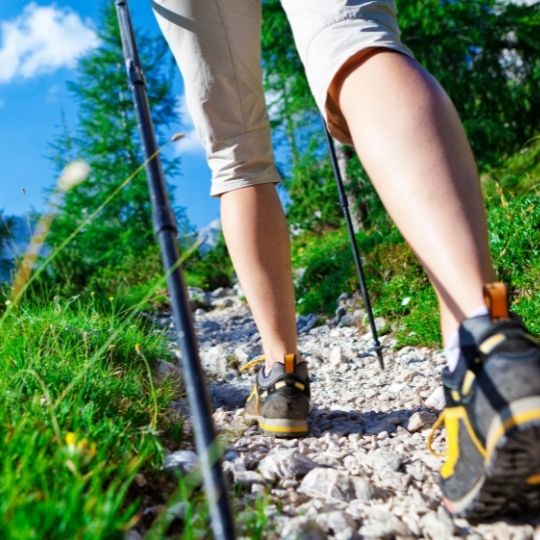
You and your hiking partners should discuss a few things before you head off, including the level of difficulty of the trip you’re all comfortable with, your overall route, and a backup plan in case anything goes wrong. You should include your departure time and location, your intended destination and route, and when you expect to arrive at your destination.
You must take necessary precautions when exploring national parks to ensure your safety. Planning is essential if you want a successful and enjoyable journey. Get prepared for any disaster or danger you could face by learning how to survive on your own in the bush.
Find the route that best suits your needs. Acknowledge your own and your team’s strengths. Find a hike everyone can finish and have fun without getting hurt. To find out how challenging the paths are, you may either look them up online or speak with a park ranger.
In addition, rangers may propose great hikes. Your doctor should consult your plans if you have any pre-existing issues. Make sure you have everyone’s contact information, the dates you expect to arrive and depart, how far you intend to walk/hike, and how long you intend to be gone.
Don’t take this information with you on the trip, rather, leave it with a reliable friend or family member back home. In an emergency, search and rescue personnel may use the information in this booklet to assist save lives. Prepare for the worst. Make sure you and your hiking partners know what to do if someone gets lost or hurt. If you’re going to be doing a lot of hiking in the backcountry, it’s a good idea to acquire CPR and some basic first aid skills for the outdoors.
What Not to Do During Hiking
Hiking and camping are fun outside. You may take great, far-flung walks or short, local ones. A game strategy, common sense, research, and basic equipment may let you enjoy nature’s company. Local hiking can ease stress. Acclimate with a 2-hour hike. Afterward, if you’re feeling daring, hike difficult terrain. Hiking with friends may be more fun. It’s less dangerous. Ankle sprains are treated. Let someone know when and where you’ll return, whether alone or with others. When you return to civilization, let them know.
Water, food, a small first aid pack with an emergency blanket, emergency water purification, a knife, and an additional layer are all necessities for day treks. Carrying a large load will slow you down and reduce your enjoyment of the hike. If you sweat a lot or it’s particularly hot, you may want to drink as much as a liter of water per hour. It’s far more likely that you’ll have a wonderful time if your feet are comfortable. Don’t hike in cotton socks; instead, go for high-quality merino or synthetic socks.
Get your feet measured so you can choose a pair of boots that fits perfectly. Before you go on a long journey, break in your boots by going on a few short treks around your house. Socks and shoes are the two most essential pieces of gear for a hike. Carry a modest pack with a hydration reservoir or easy-access water bottle pocket for day hikes since decent backpacks will support your weight, be sized for your excursion, and suit your body. Hiking success relies heavily on maintaining a healthy fluid balance. If you need assistance finding the right size backpack, just stop by your neighborhood outdoor store.
Conclusion
Hiking refers to outings in the great outdoors along planned trails, with the intention of making it back to the starting place at the end of the day. When compared to Hiking, Trekking entails carrying more gear, traversing rougher terrain, and continuing the adventure the next day (or days) by setting up a tent in the wilderness along the path covered the previous day. Therefore, the camping equipment list is a more extensive and expert undertaking that needs more thorough preparation, including selecting appropriate food and drink. You shouldn’t embark on a journey without first thoroughly planning it.

